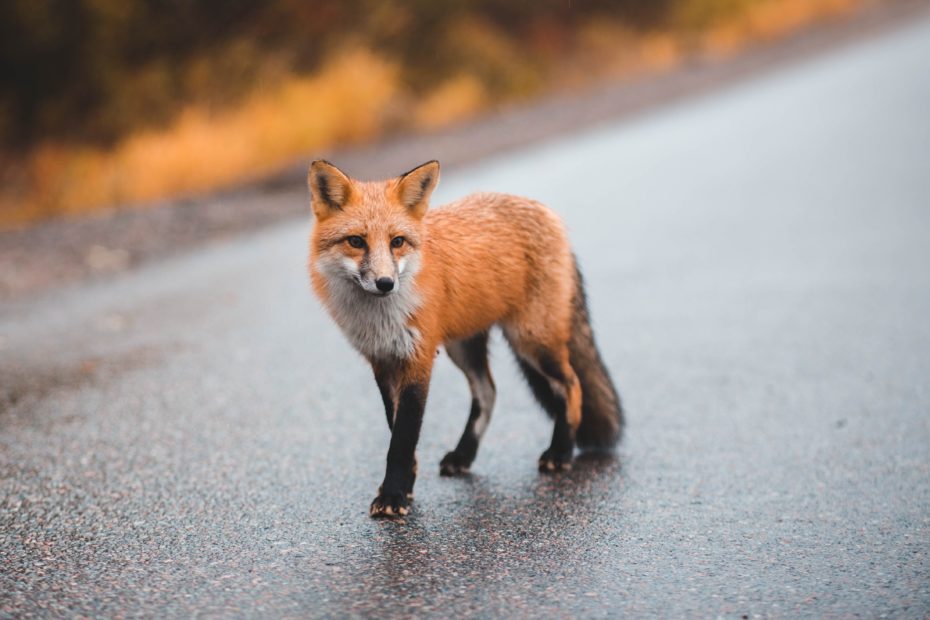Introduction:
Foxes are an integral part of the countryside ecosystem, playing a vital role in controlling rodent populations and contributing to the overall balance of wildlife. However, conflicts can arise when foxes come into contact with livestock and cause damage to agricultural interests. This post explores the challenges associated with foxes in the countryside and discusses strategies for balancing wildlife conservation with livestock protection.
Details:
- Livestock Predation:
One of the primary concerns associated with foxes in the countryside is their potential predation on livestock, particularly lambs and poultry. Foxes are opportunistic predators and may target vulnerable animals, especially during the breeding season. These attacks can lead to financial losses for farmers and emotional distress. Implementing appropriate predator control measures, such as secure fencing, livestock guardian animals, and responsible shooting practices, can help mitigate predation risks while respecting the natural presence of foxes in the ecosystem. - Disease Transmission:
Foxes can carry diseases, including parasites and viruses, which can pose risks to livestock and domestic animals. For instance, they may transmit diseases like sarcoptic mange or tapeworm infections to dogs or other wildlife species. Regular veterinary care, proper hygiene measures, and preventive treatments can help minimize disease transmission risks and protect livestock and pets from potential health issues. - Habitat Impacts:
Foxes require suitable habitats to thrive and survive in the countryside. However, expanding agricultural practices and habitat fragmentation can limit their natural range and push them closer to livestock and human settlements. Maintaining and enhancing wildlife corridors and promoting habitat management practices that support biodiversity can help ensure healthy fox populations while minimizing conflicts with livestock. - Integrated Pest Management:
Foxes can be valuable allies in integrated pest management, as they play a crucial role in controlling rodent populations. By reducing rodent numbers, they can help mitigate crop damage and decrease the reliance on chemical pesticides. Encouraging natural predation while implementing targeted measures to protect livestock can strike a balance between wildlife conservation and agricultural interests.
Conclusion:
Addressing fox-related issues in the countryside requires a balanced approach that acknowledges the importance of wildlife conservation and the need to protect livestock and agricultural interests. By implementing responsible predator control measures, promoting habitat conservation, and adopting integrated pest management strategies, it is possible to mitigate conflicts and foster coexistence between foxes and rural communities. Through proactive management and a nuanced understanding of the complex interactions between wildlife and agriculture, a harmonious balance can be achieved, benefiting both the countryside ecosystem and the livelihoods of farmers.
